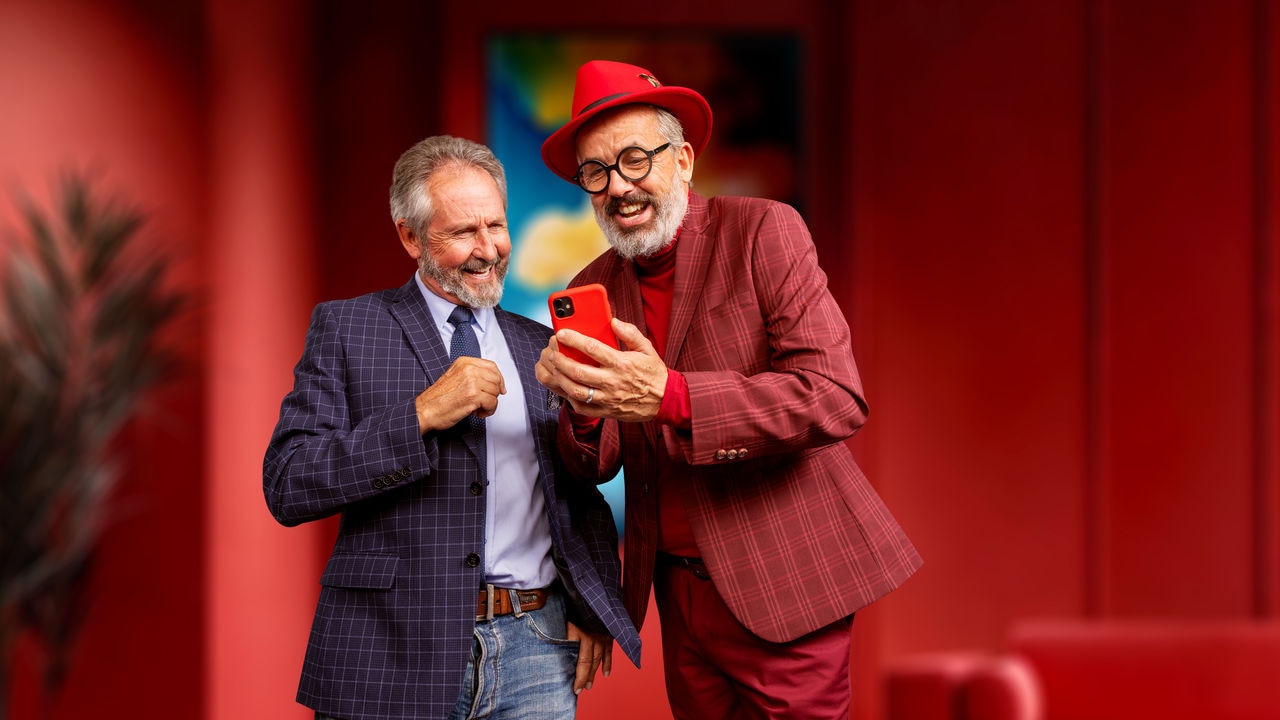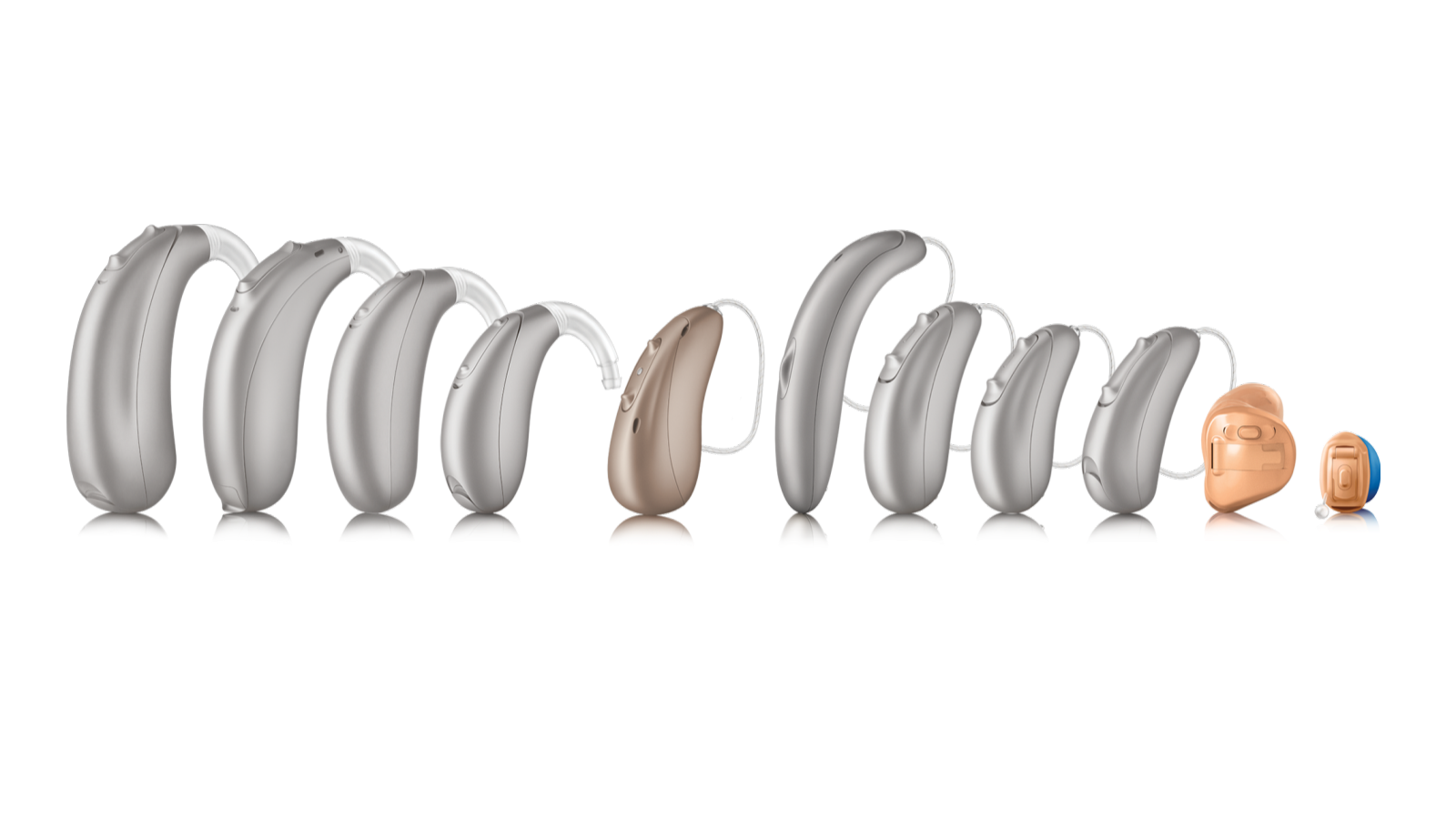Unitron
Love the experience
Get back to the sounds you love — stories, music, everyday life.
Hear what you’ve been missing
Hearing shapes the way we experience the world. When it’s clear and natural, you feel part of every moment — tuned in, confident, and connected to the people around you.
Unitron technology works quietly in the background, so you can focus on what matters: enjoying your favorite sounds.
It's time to get back in the conversation — and love the experience.

Hear life to the fullest
1. Feel confident in every moment — Good hearing helps you stay sure of yourself. Conversations come easily, and the world feels open again.
2. Enjoy life’s sounds your way — Hearing should feel natural. Stay comfortable and connected, wherever the day takes you.
3. Stay close to what matters most — Better hearing brings back the simple joys: voices, stories, conversations. Life feels fuller when you don’t miss a thing.
Unitron makes it easy to love the experience
Hearing better should be easy, empowering and accessible. Our hearing aids are made to fit seamlessly into your life, so you can get back to enjoying all the things you love.

The heart of Unitron: Our people
Our team shares one goal: to make life sound better for you. Hear from just a few of the dedicated people who make it happen.

Real voices, real impact
Every story is unique, but the feeling is the same: the joy of hearing life clearly again is an amazing experience. See how people around the world have reconnected through better hearing.
Your hearing care should feel personal
Hearing care works best when it’s built around you. With flexible options, simple tools, and expert guidance, Unitron helps tailor every step of your journey to your needs.
Discover what better hearing can do for you
Explore real stories, expert tips, and simple ideas to help you feel more confident, connected, and in tune with the world around you.






